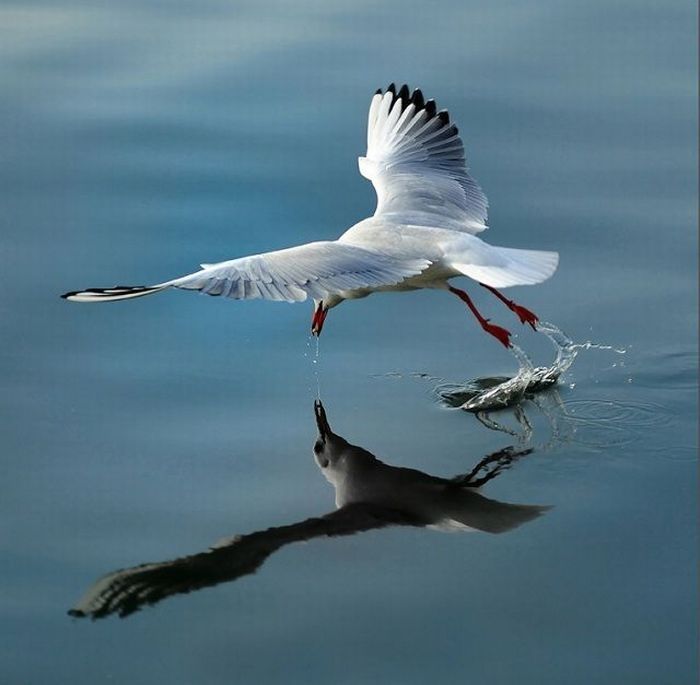|
|
Hunting Predator
|
It has been observed that well-fed predator animals in a lax captivity (for instance, pet or farm animals) will usually differentiate between putative prey animals who are familiar co-inhabitants in the same human area from wild ones outside the area. This interaction can range from peaceful coexistence to close companionship; motivation to ignore the predatory instinct may result from mutual advantage or fear of reprisal from human masters who have made clear that harming co-inhabitants will not be tolerated. Pet cats and pet mice, for example, may live together in the same human residence without incident as companions. Pet cats and pet dogs under human mastership often depend on each other for warmth, companionship, and even protection, particularly in rural areas.
Population dynamics
It is fairly clear that predators tend to lower the survival and fecundity of their prey, but on a higher level of organization, populations of predator and prey species also interact. It is obvious that predators depend on prey for survival, and this is reflected in predator populations being affected by changes in prey populations. It is not so obvious, however, that predators affect prey populations. Eating a prey organism may simply make room for another if the prey population is approaching its carrying capacity.
|
|









